The current presentation of the Old Masters at Museum Wiesbaden encompasses over 100 exhibits of central works from all epochs of art history from the early Middle Ages to the 19th century. The collection has a long tradition that accompanies the history of the museum through all its phases. Its festive beginning coincides with the opening of the museum on April 1, 1825, in the palace of the crown prince in Wilhelmstraße. At that time, the picture gallery mainly comprised the 156 works from the private collection of Johann Isaak von Gering (1767—1837), who in 1826 had given them together with antiquities and „naturalia“ to the state of Nassau in return for an annual annuity. The initiative for this transaction can be traced to Johann Wolfgang von Goethe, who suggested to Gerning that his collections be made publicly accessible in Wiesbaden.
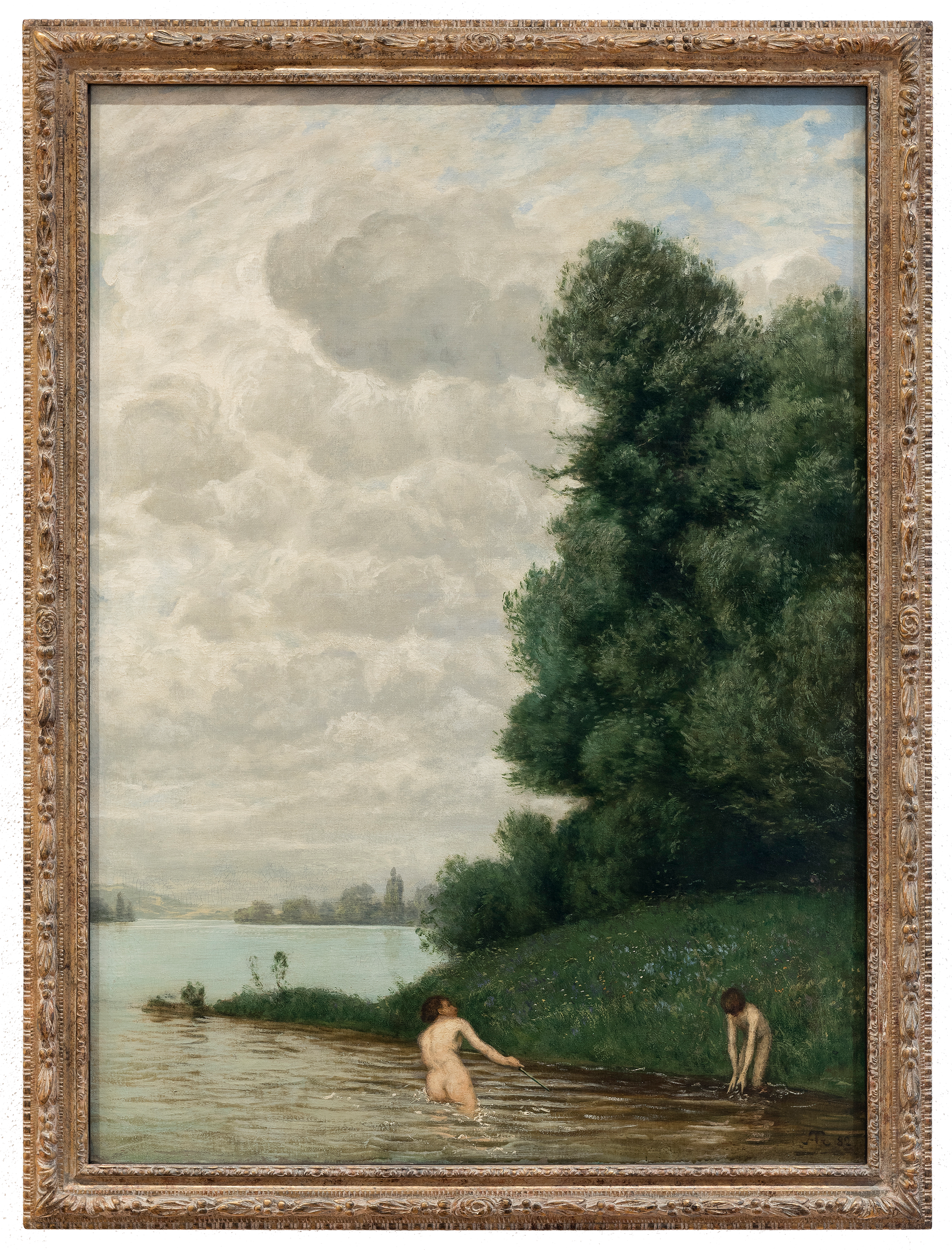
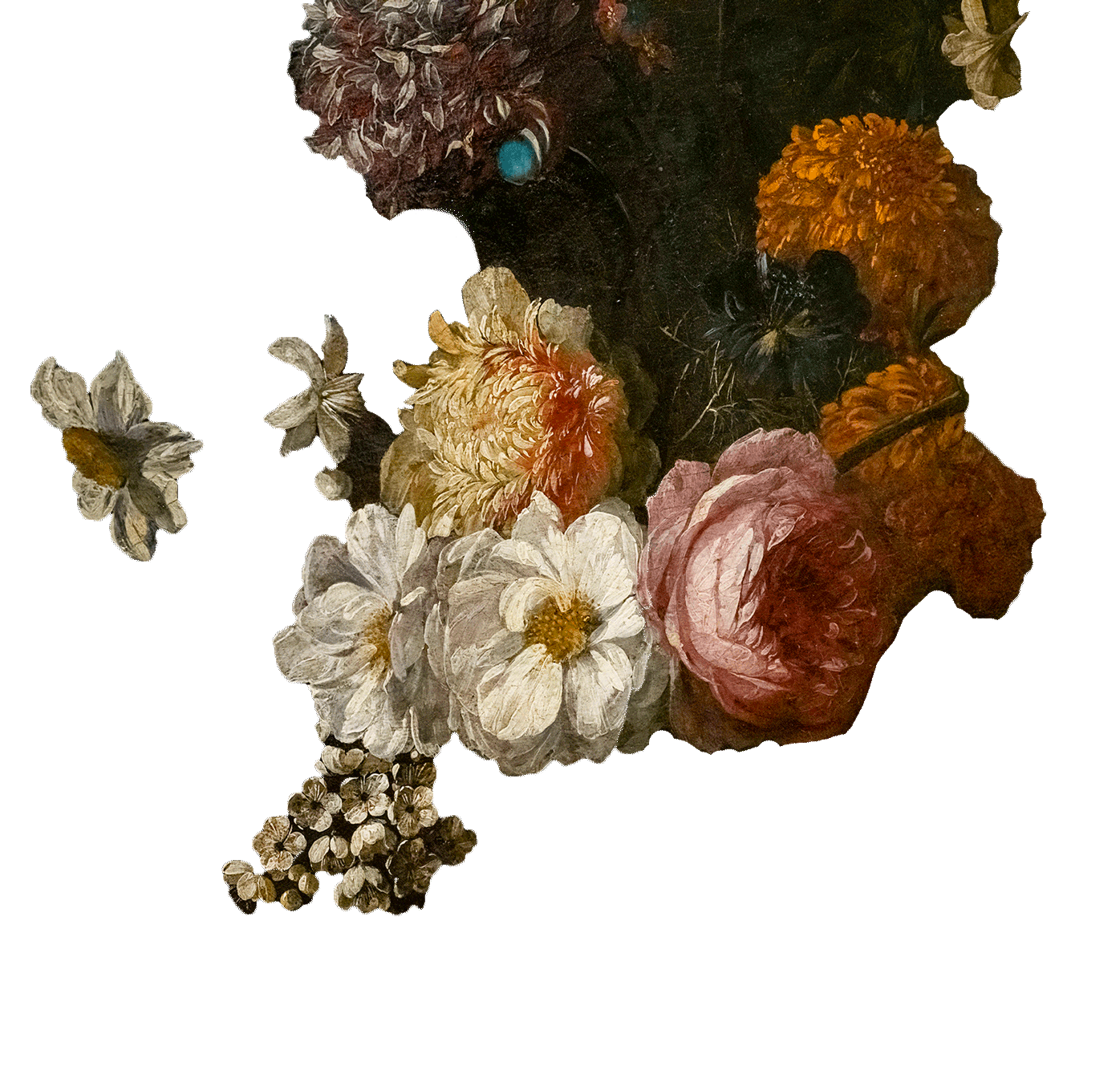
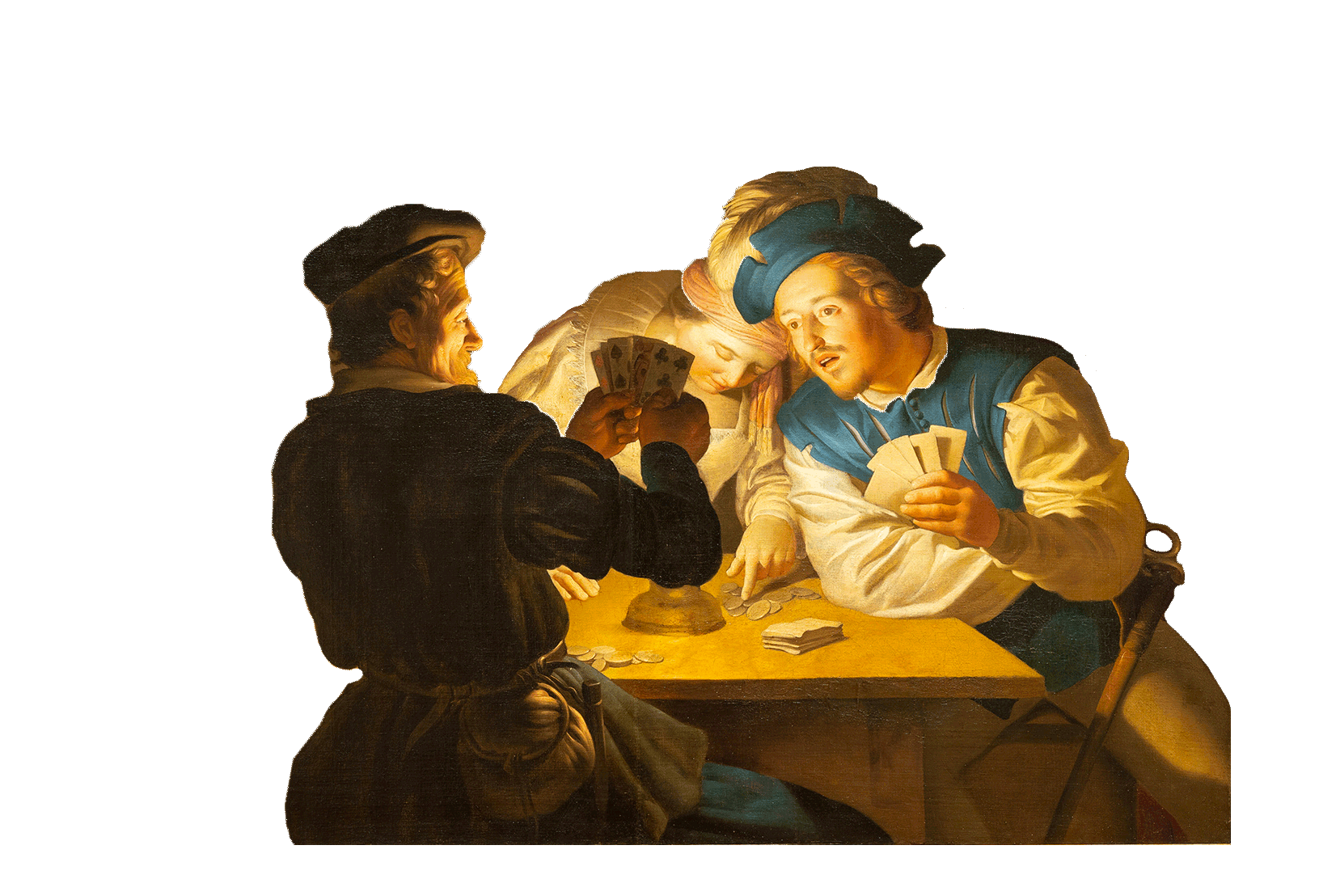
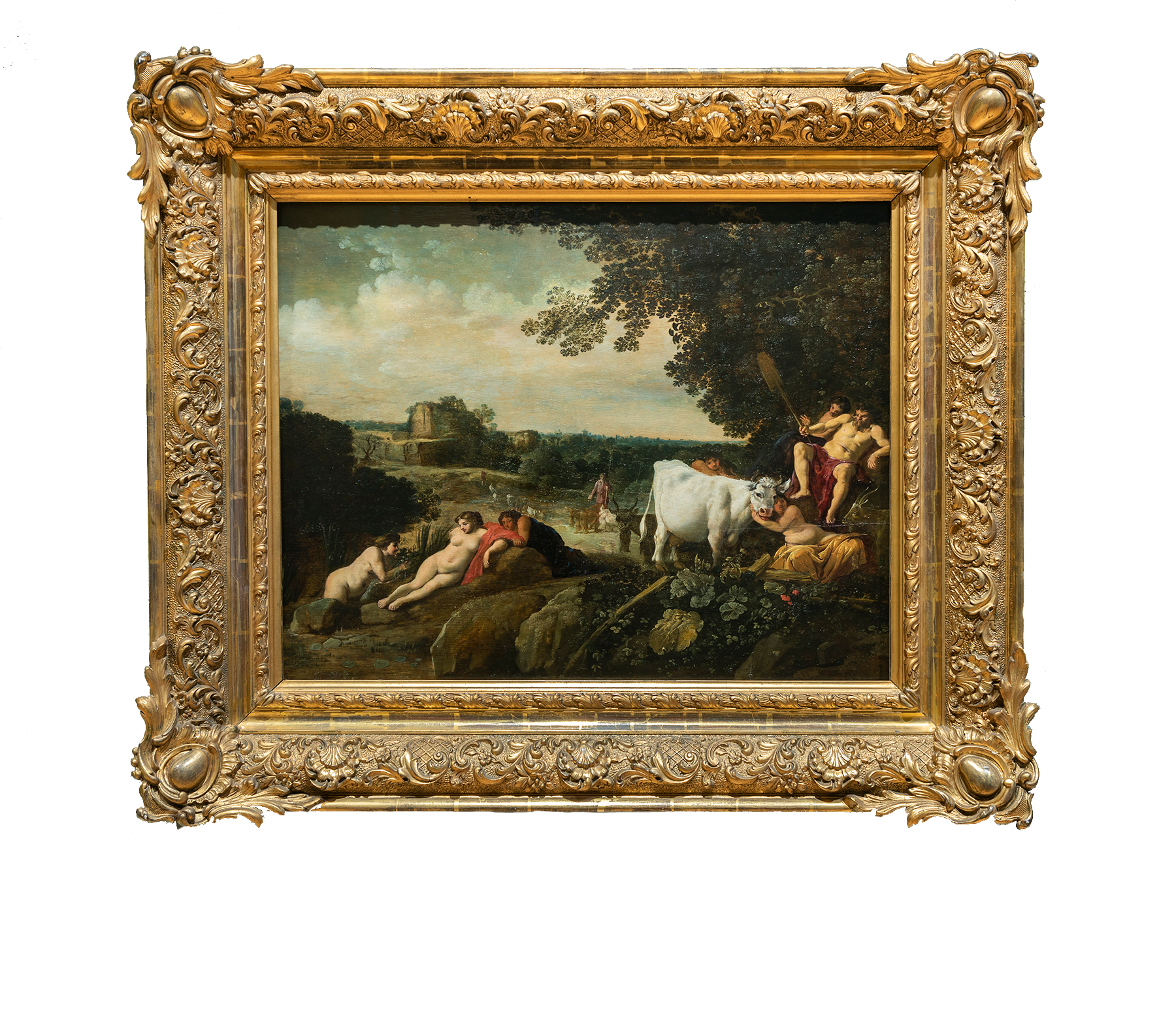
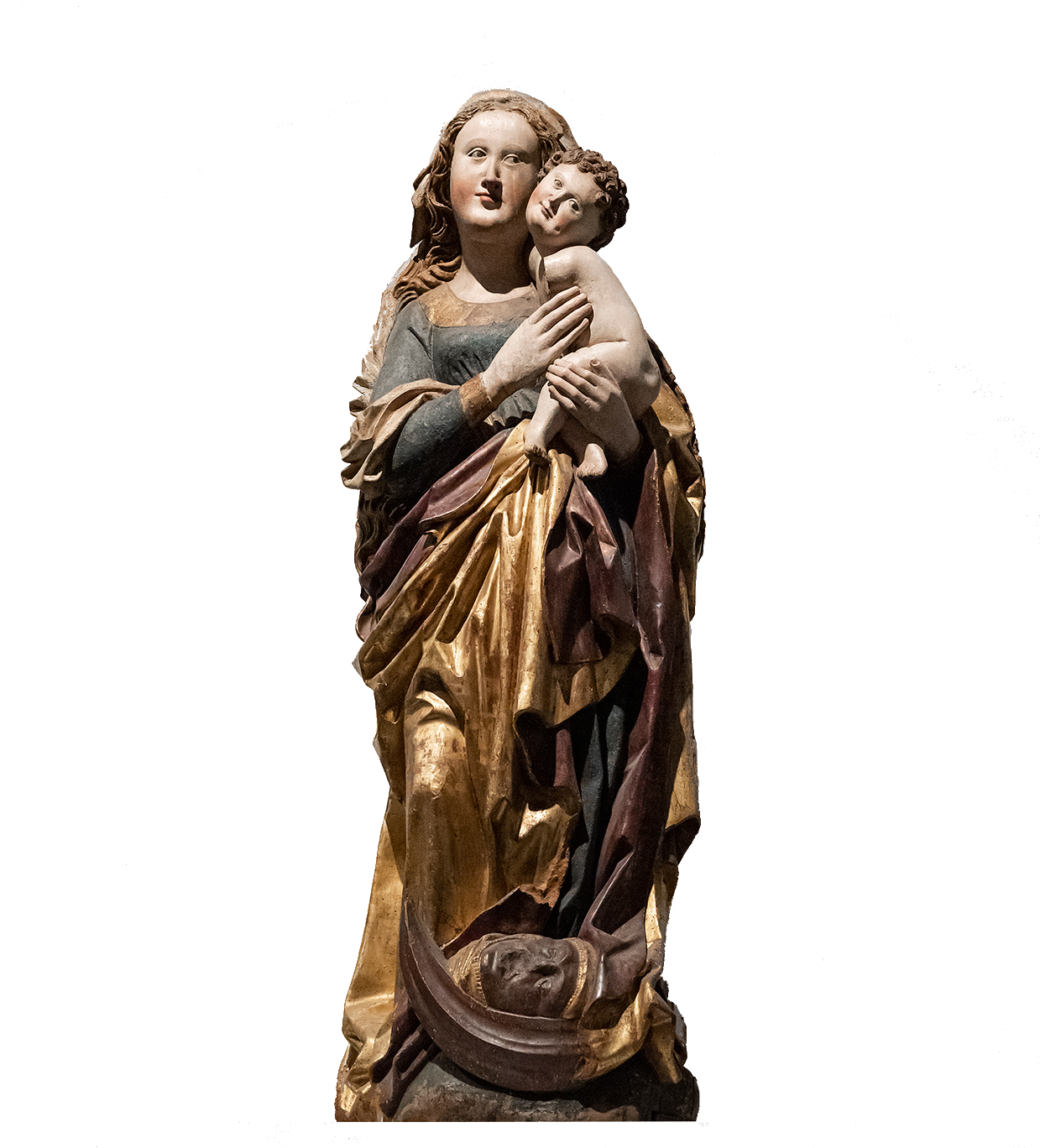
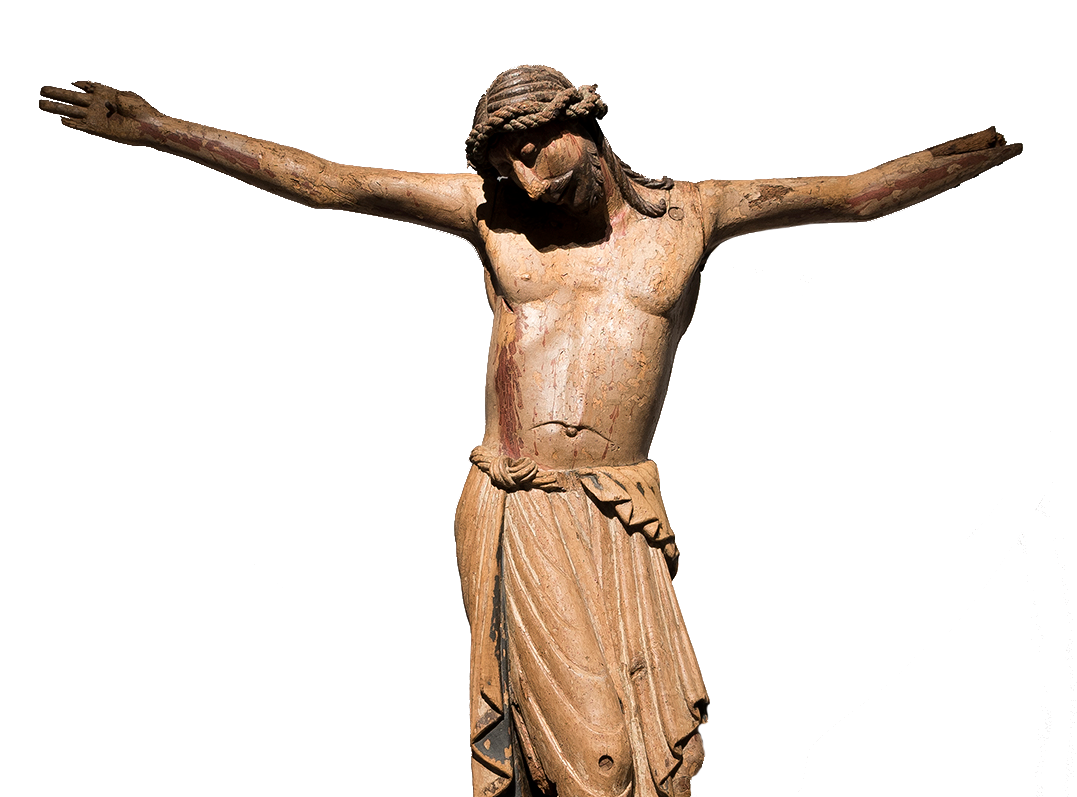
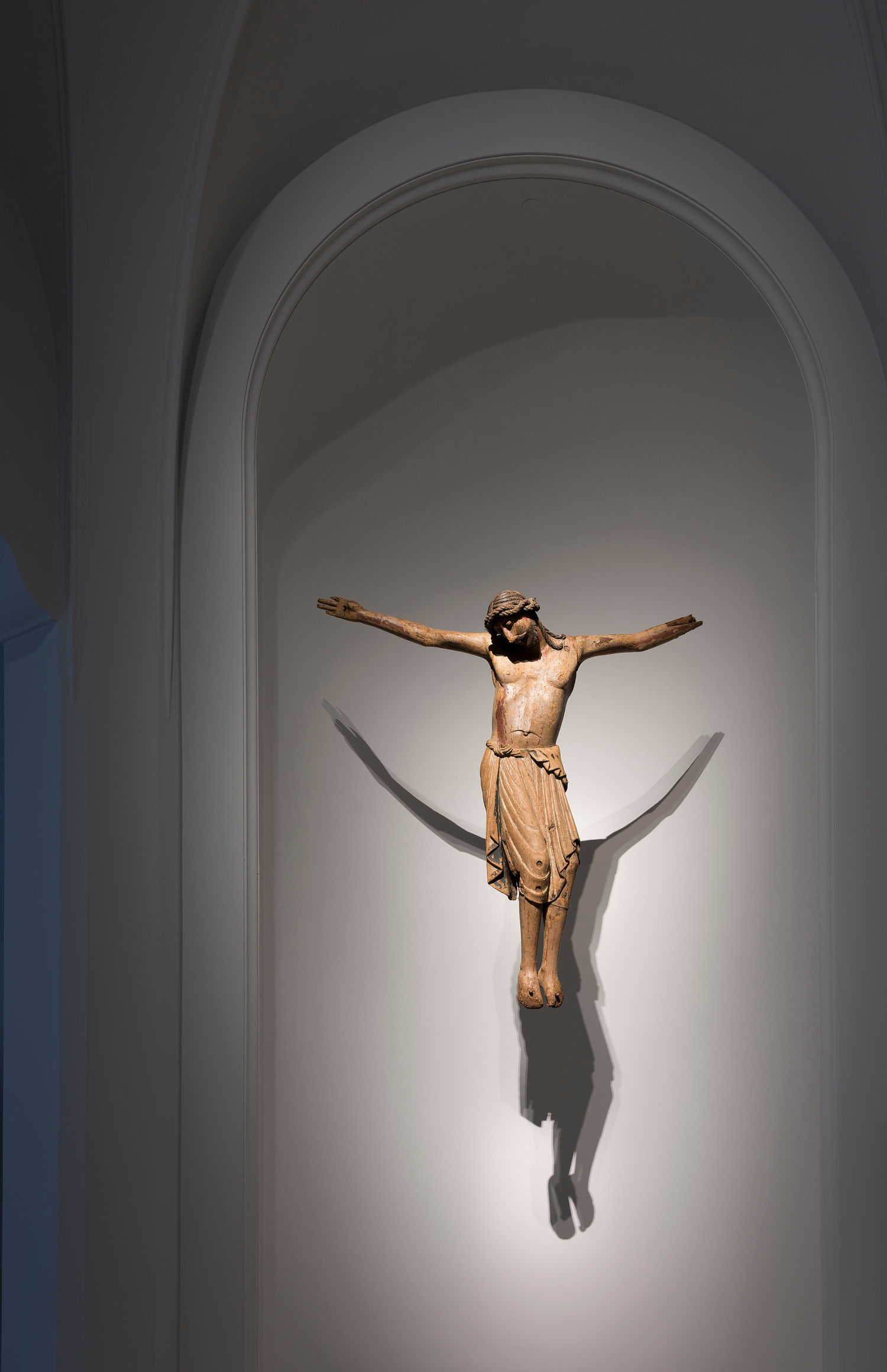
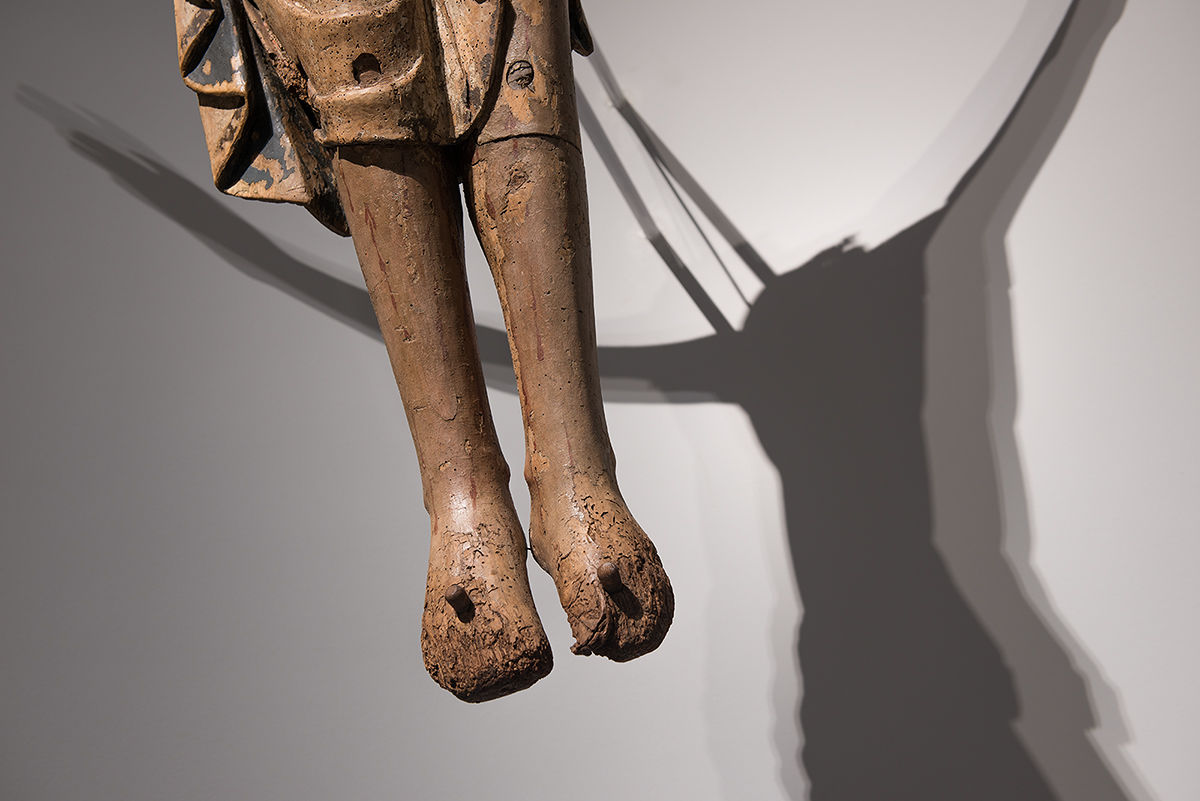
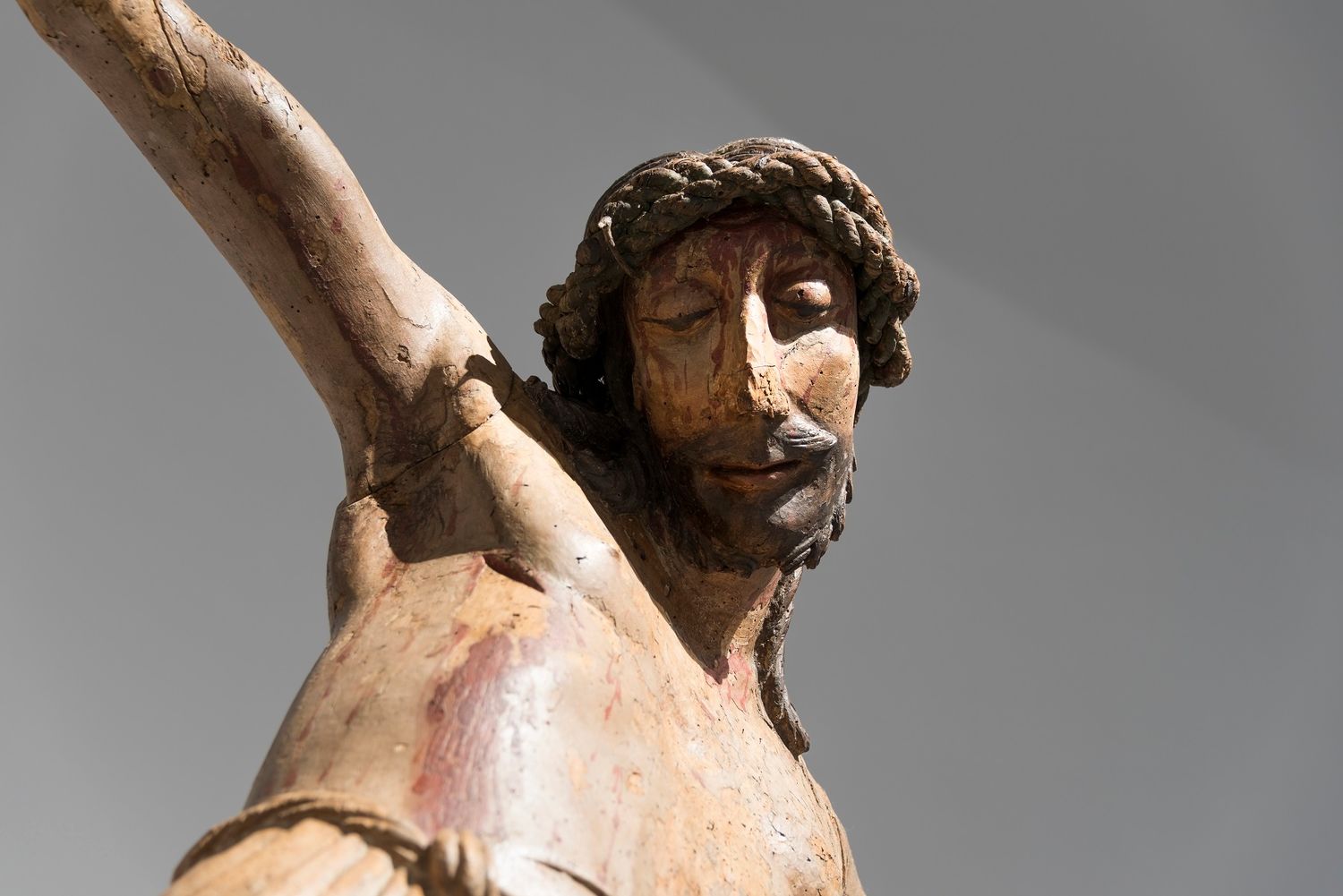
Bringing these objects to back their home in the newly renovated “church” in 2013, the current presentation sustains this tradition. In essence, even the church hall of the museum from 1915 still resonates with something of that romantically based educated bourgeois mysticism that offered the experience of art as a path to salvation, demanded the disciplining of body and senses, and created its own enormous cult buildings for this purpose.
Robert Seidel’s (1977, Berlin) installation Grapheme forms the entryway to the Old Masters exhibit. Like a tunnel, the room condenses and expands through the effects of color, reflection, sculpture, projection, and sound, taking the viewer on an atmospheric journey to unknown worlds. The journey sets into motion several centuries of artistic expression through color, form, and space. Seidel’s installation symbolizes the continual living presence of our cultural heritage.
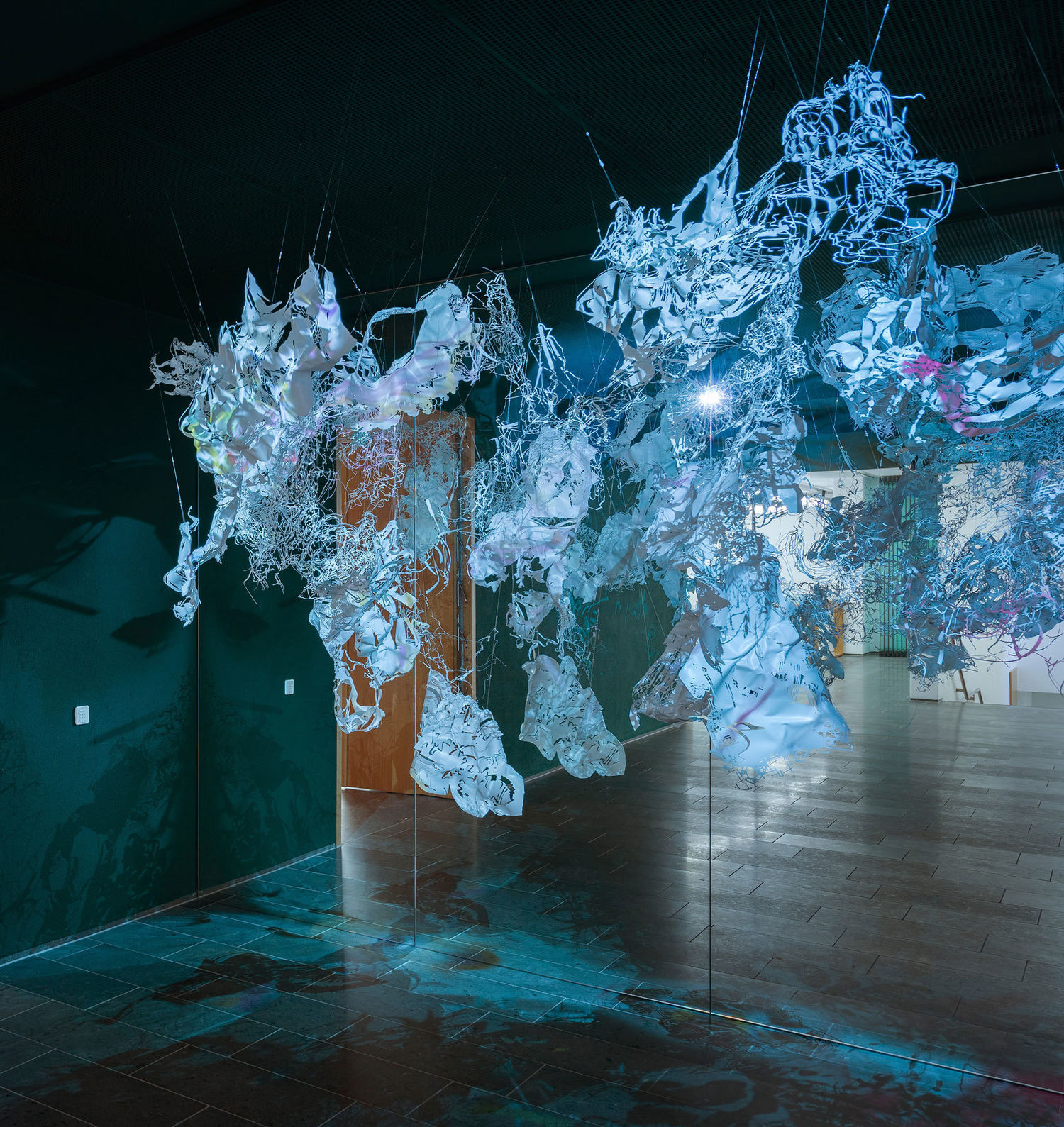
Funakoshi’sSphinx in the church hall
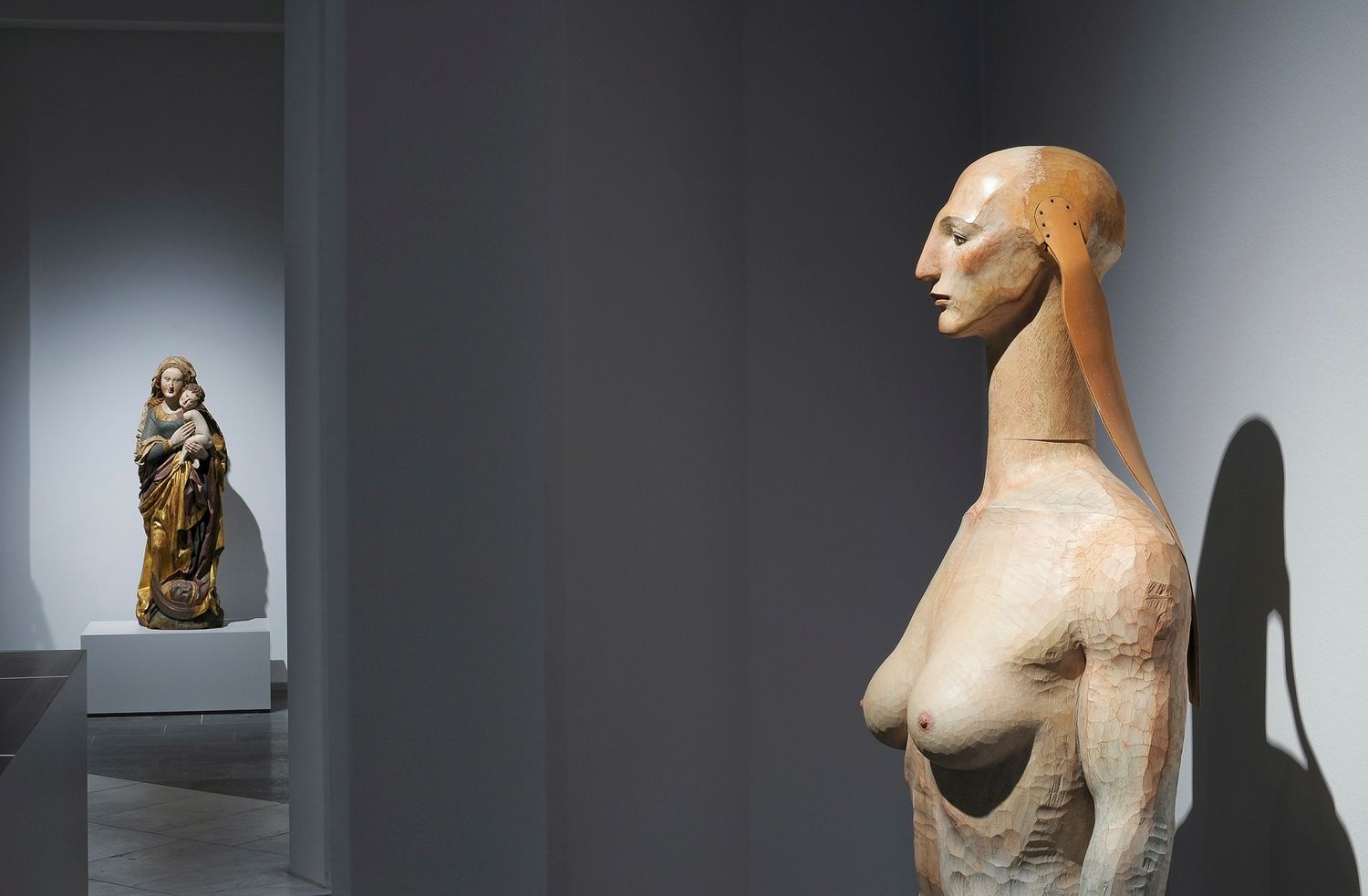
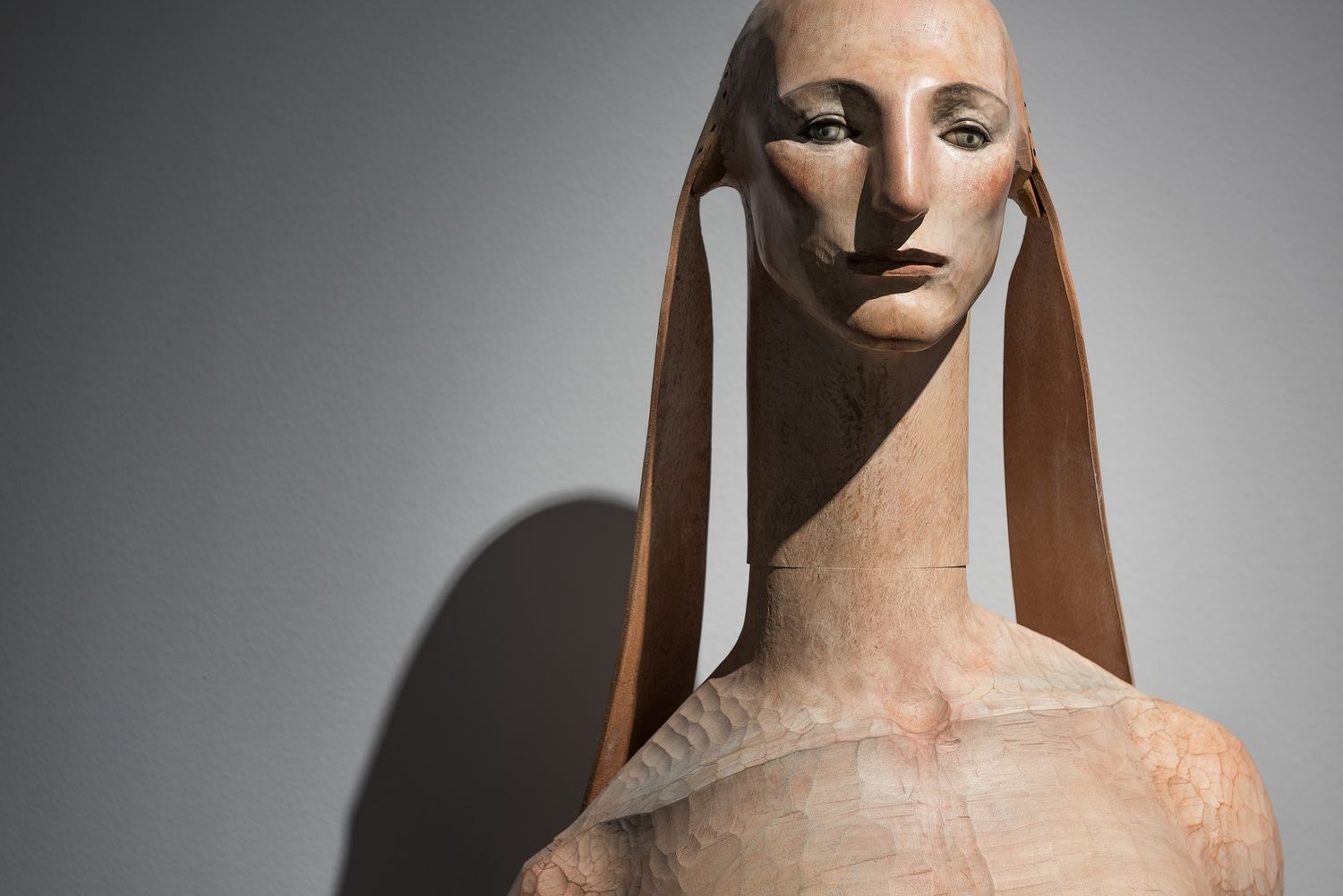
The intensely emotional sculptures of Japanese artist Katsura Funakoshi (*1951) derive their force from a mysterious dichotomy. The simultaneity of their entrancing, timeless mien and the provocative estrangement of body parts form the nucleus of an unpredictable, mesmerizing tension. Museum Wiesbaden acquired Funakoshi’s sculpture A Tale of the Sphinx in 2005.
Thematically, Funakoshi, baptized in the Christian faith, moves between the cultures of his birthplace, the Orient, and the Occident. His torsos of fragrant camphorwood take up the European tradition of wood sculpting of the late Middle Ages, as well as Japanese wood carving of the Kamakura period (1185—1333). In a rather unusually expressive interpretation, at least in Japan, Funakoshi renders a traditional technique in a modern format. The human being in all its complexity, which “unites all humans within itself and is yet unique.”
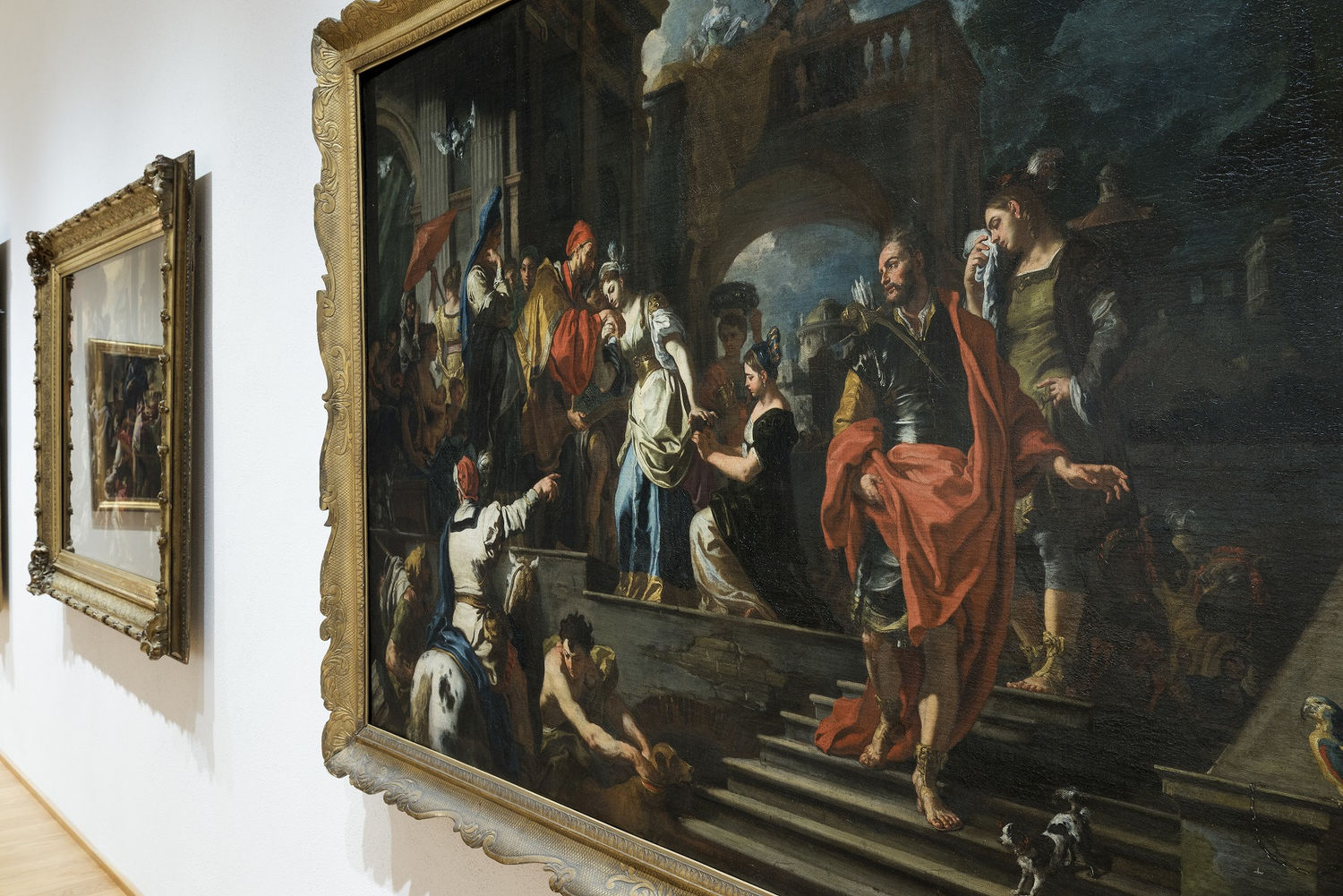



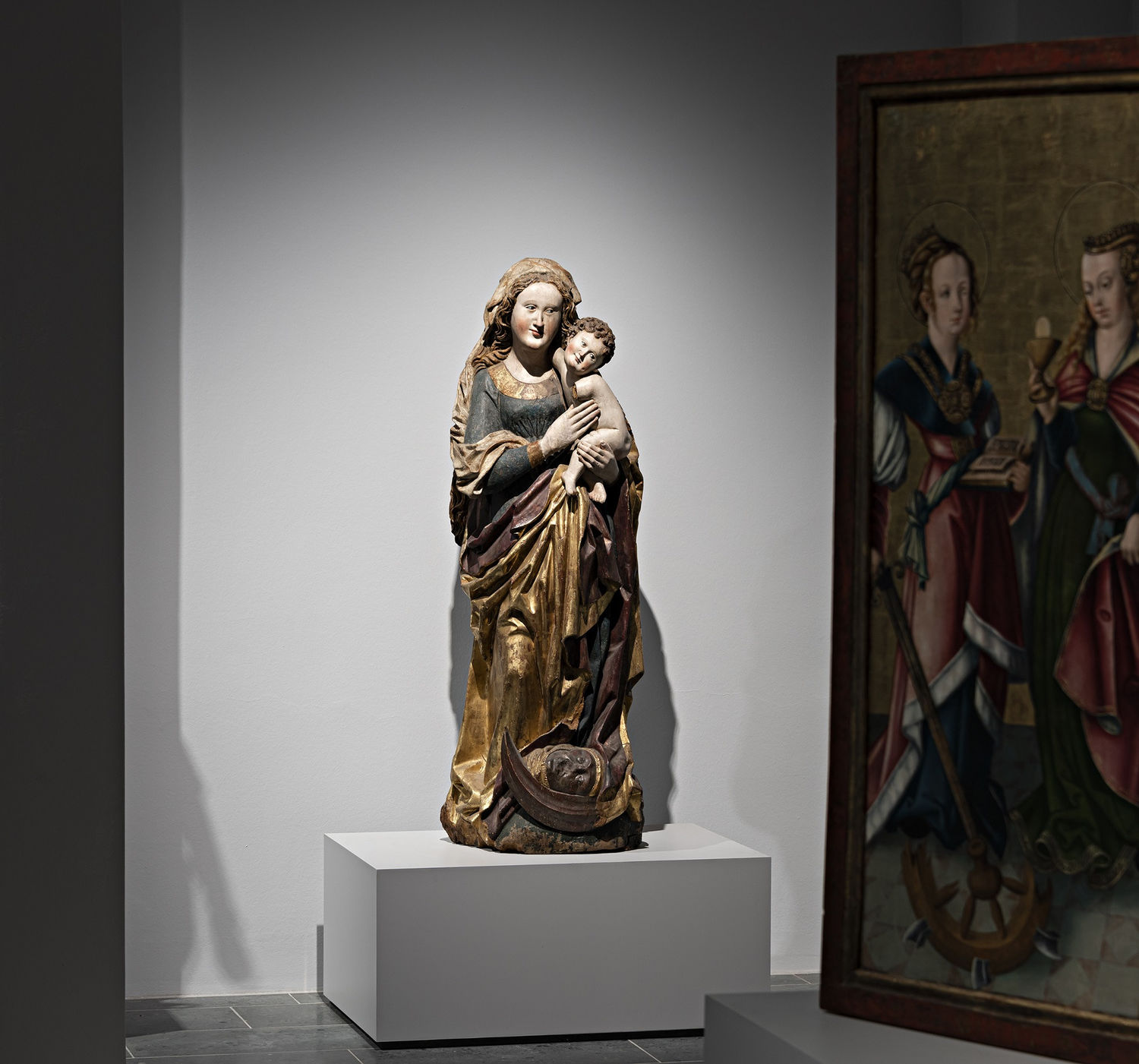
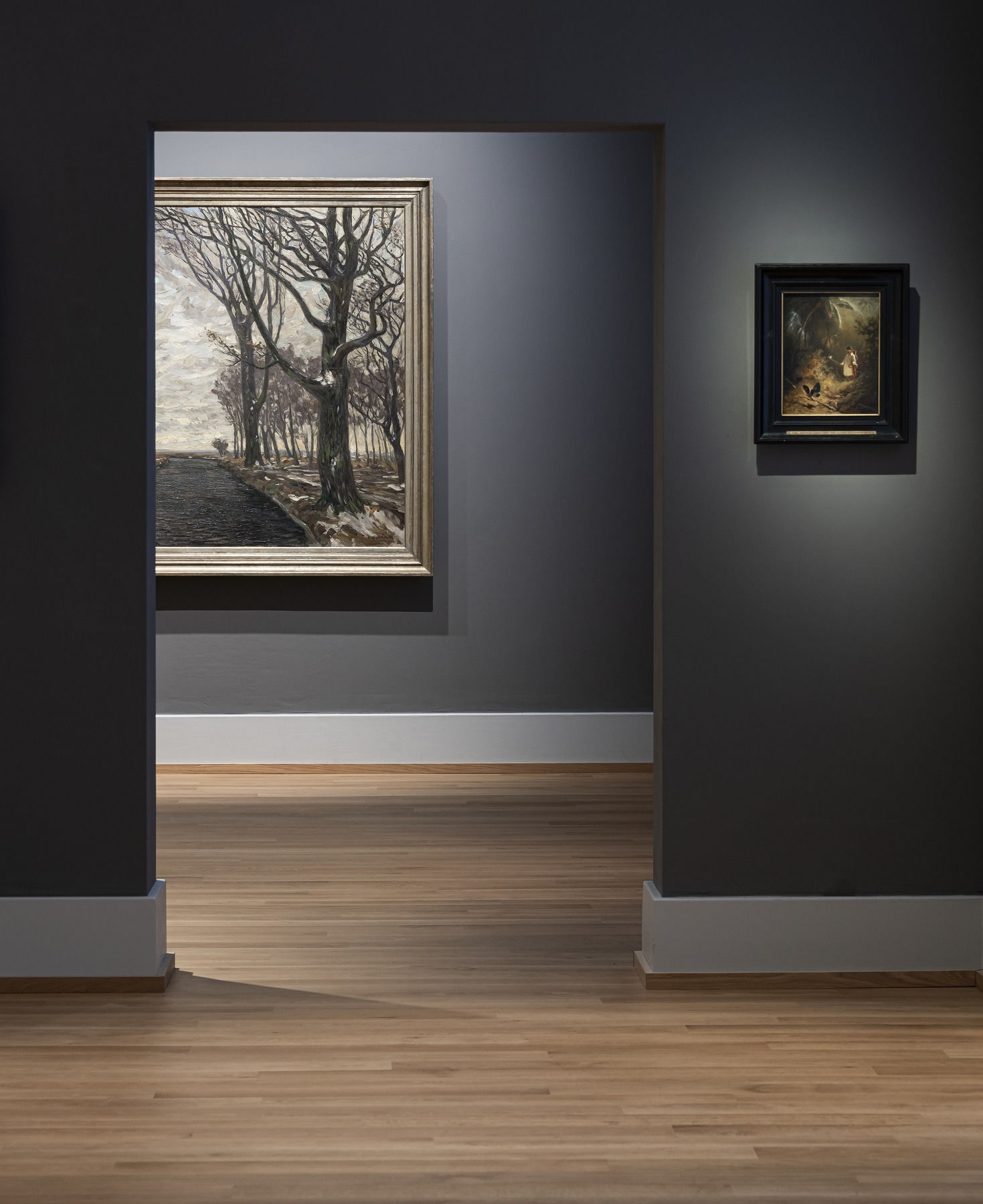
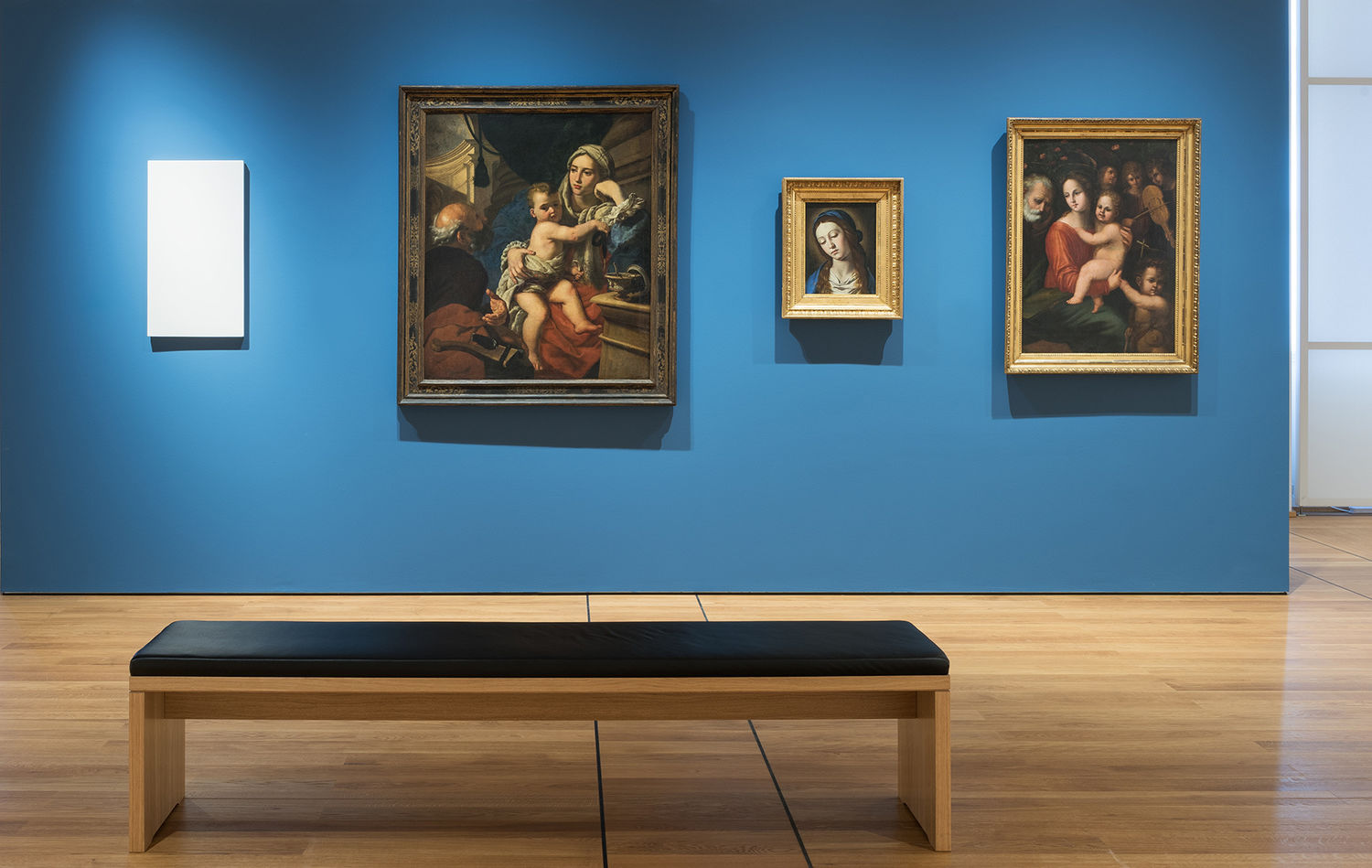
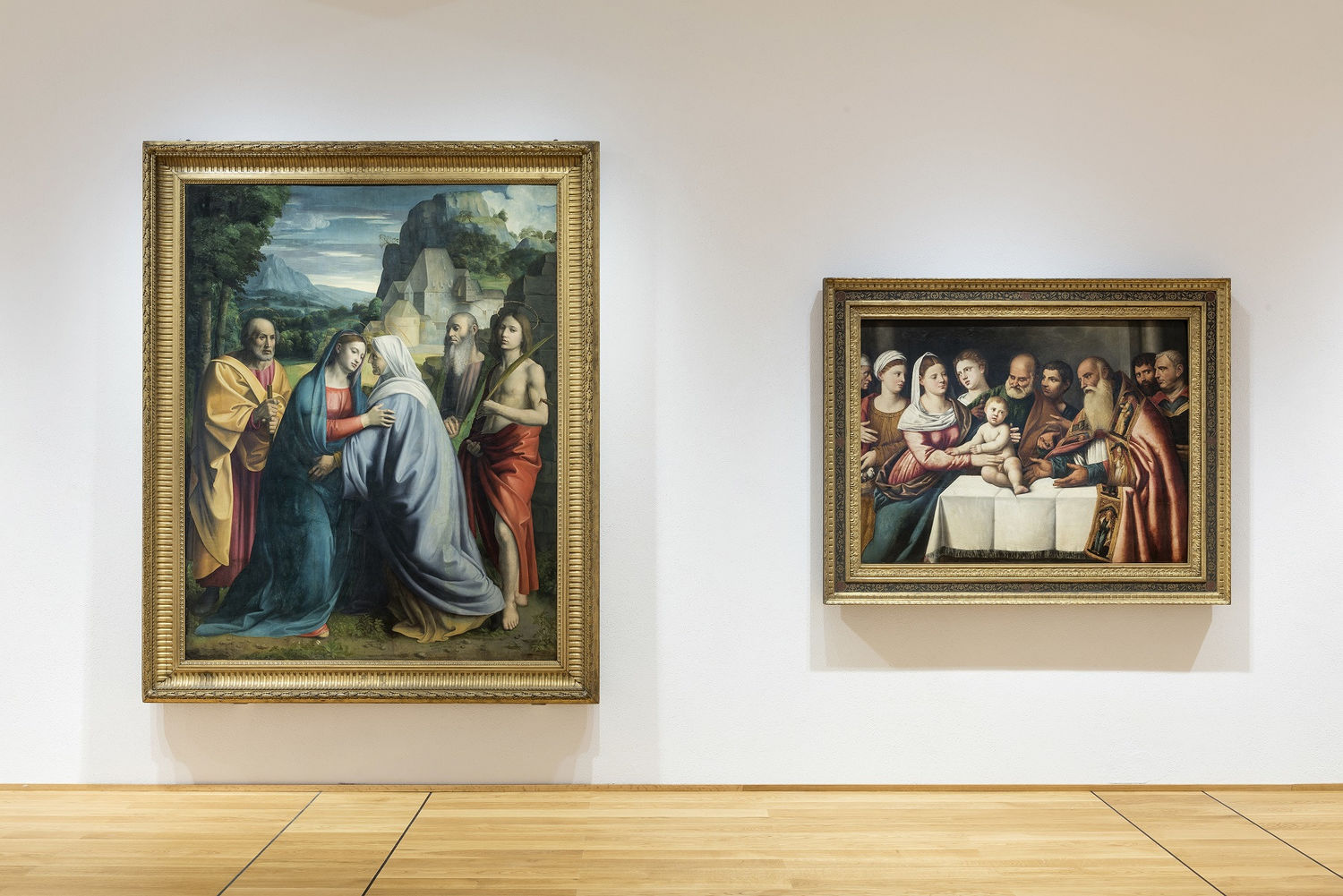

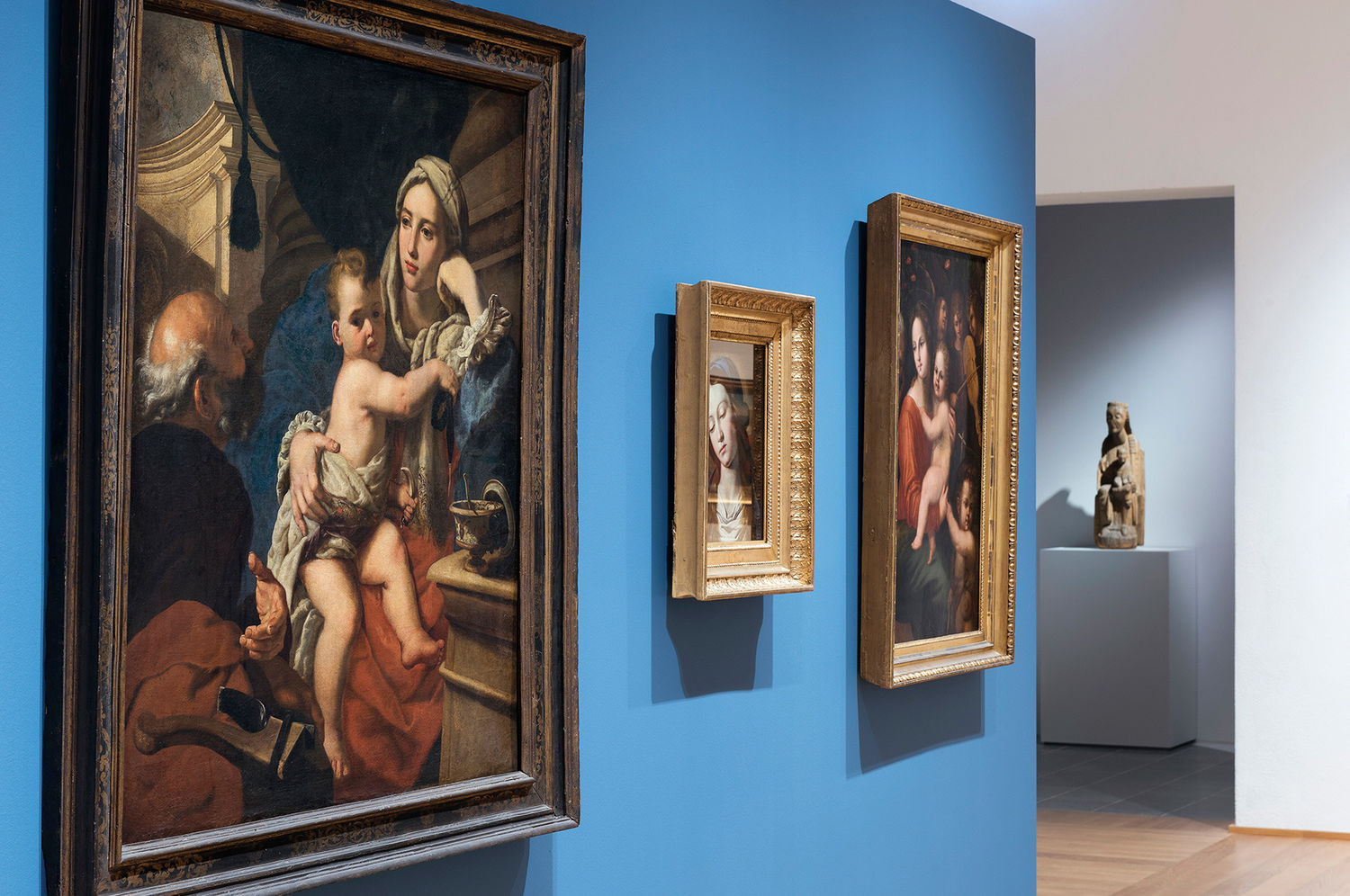
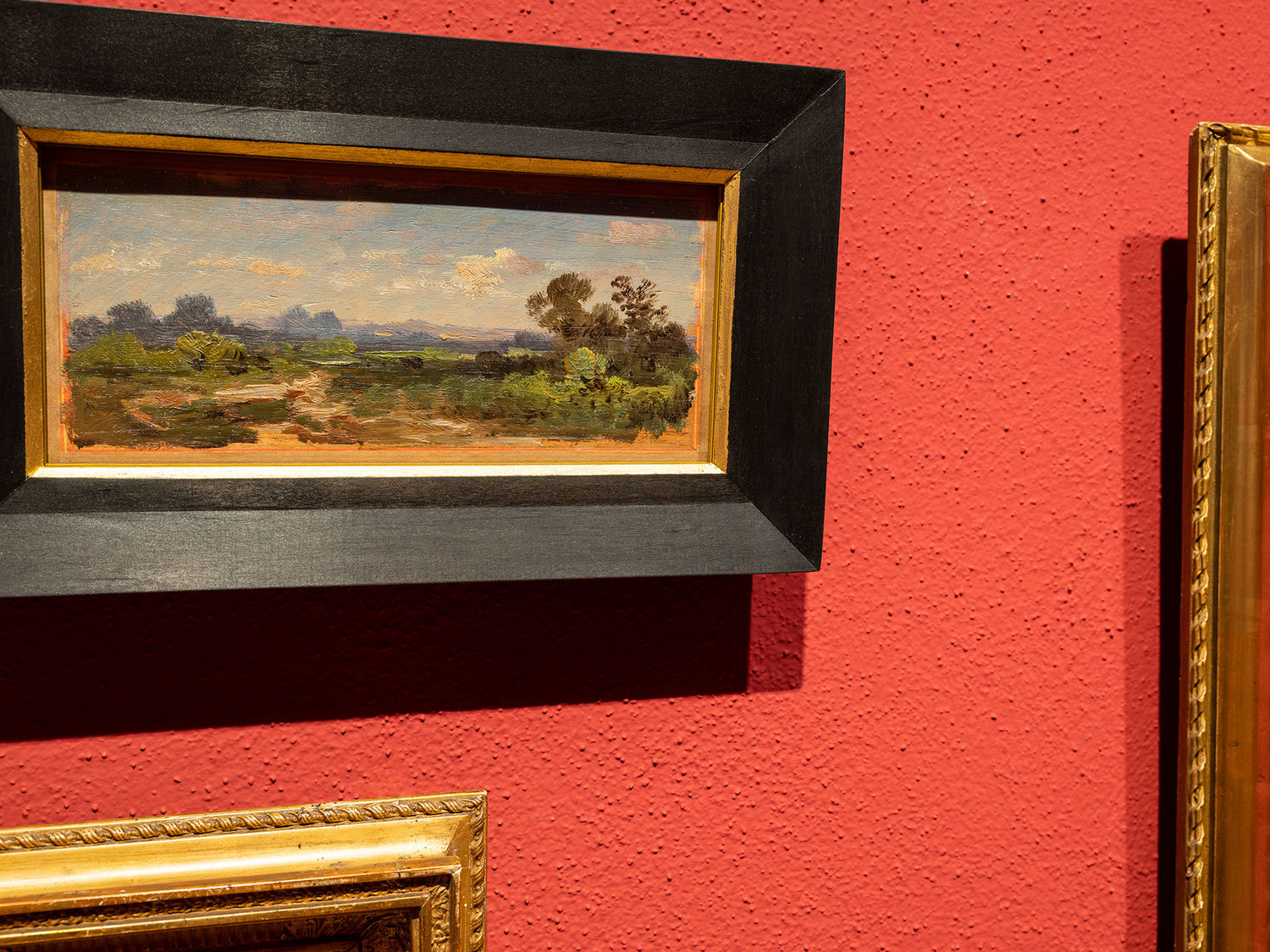


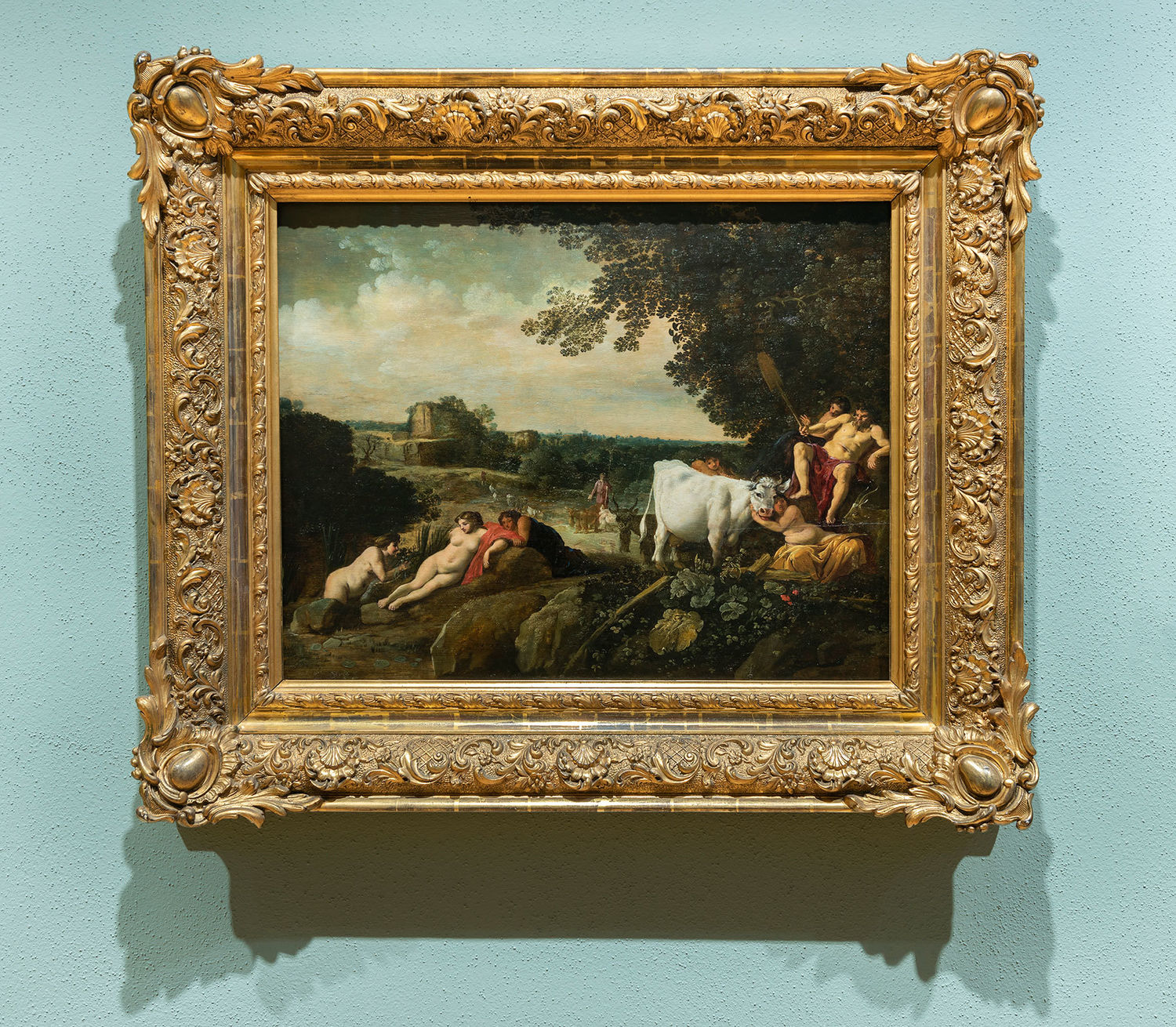
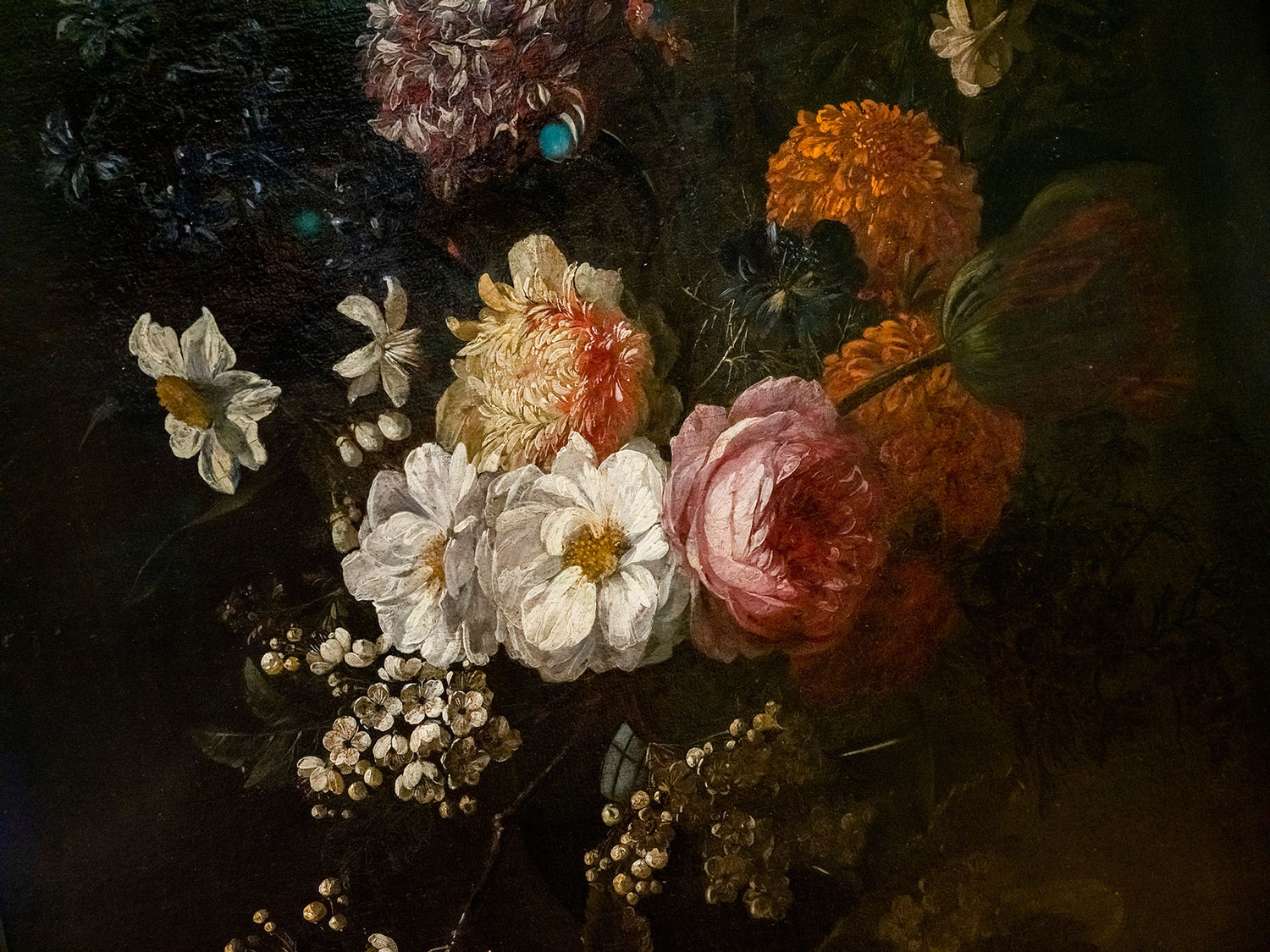
Two art prizes are associated with Museum Wiesbaden. The first is the Alexej von Jawlensky Prize of the state capital Wiesbaden, which commemorates the life's work of the great Russian painter, who lived in Wiesbaden from 1921 until his death in 1941. It is awarded every 5 years with the financial support of the Hessian state capital, Spielbank Wiesbaden, and the Nassauische Sparkasse, among others.
The second is the Otto Ritschl Prize. The artist lived in Wiesbaden from 1918 until 1976. After his early figural and, later, more Surrealist works, Ritschl began, in the 1950s, to move progressively toward geometric and, finally, more expressive abstraction. The increasingly meditative work of his late period, beginning in the early 1960s, focused on immaterial space, shaped entirely through color. The Museum Association Otto Ritschl began bestowing the prize in 2001 in Ritschl’s honor to keep the artist’s name alive.
Museum Wiesbaden offers a variety of programs for all ages, from guided tours to workshops for preschools and schools, to teacher training and programs for students, private groups, or families with children.